Our Services
79,990 views
Dry Eye
What is Dry Eyes?
Dry Eye (dry eye) is a multifactorial disorder of the tear film that causes symptoms of discomfort (pain, lumpiness, and irritation), visual disturbances and tear film instability with potential damage to the eye's surface (cornea). Dry eye may be accompanied by inflammation of the cornea and an increase in tear osmolarity.
Tear FIlm
What is a Tear Film?
Tear film or tear film acts as a shield or barrier that coats and protects the surface of the eyeball. Tear film consists of 3 components, namely oil (lipid), water (aqueous), and mucus (mucin). The balance of these three components is what maintains the stability of the tear film.
The three components of tears are produced by different glands and cells in the eye, namely the meibomian glands for the oil component, the lacrimal gland for the water component, and the goblet cells for mucus or mucin. The blinking process triggers production and makes the tears evenly distributed over the entire surface. This blinking process also causes tears to flow periodically into the outlet (punctum) which is located at the inner corner of the upper and lower eyelids.
Tear Osmolarity
What is increased tear osmolarity?
Increased osmolarity or hyperosmolarity of tears is a condition in which the water content decreases due to low production or excessive evaporation. Hyperosmolarity is the main key in the dry eye process that causes cell death on the surface of the eye and triggers inflammation. Therefore, hyperosmolarity is the main characteristic and is the gold standard for the diagnosis of dry eye.
Why Dry Eyes Happen
How did Dry Eye come about?
Dry Eye can occur due to these 3 mechanisms:
- Meibomian gland damage in the eye group or Meibomian Gland Dysfunction (MGD), is a condition of blocked Meibomian glands that play a role in producing an oil film in tears and the most common cause of dry eye. The percentage of MGD in Asian populations is greater than other populations, reaching 46% to 70%. This is influenced by environmental temperature, humidity or humidity, as well as air quality which is different in Asia compared to other regions.
- Evaporative dry eye (EDE), is a condition where there is an increase in tear evaporation due to the instability of the tear oil film or due to other external factors.
- Decreased tear production or aqueous deficient dry eye (ADDE), is a condition in which there is a decrease in the production of aqueous components, among others, can be caused by autoimmune diseases or other conditions.
Dry Eye Factors and Symptoms
What factors can cause Dry Eye?
- Age above 50 years, especially post-menopausal women
- Environmental factors, such as dust, dryness, wind, and cigarette smoke
- Use of contact lenses
- Activities using computer screens, TV or gadgets that are too long
- History of eye surgery or the presence of other diseases that can trigger dry eye
- Use of certain drugs, both oral drugs and eye drops
What are the symptoms of dry eye that you might complain about?
- Burning, stinging and dry feeling in the eyes
- Red eye
- Poor vision/focus
- Easy to glare and sensitive to light
- Excessive watery eyes
- Eyes get tired and sore
Dry Eye Detection and Examination
If I have no symptoms, does that mean I am free from Dry Eye?
For those of you who do not experience these symptoms, it does not mean you are free from dry eye because dry eye symptoms often appear later. The symptoms above indicate that the normal (physiological) mechanism is no longer able to anticipate the imbalance of the tear film. For this reason, immediately do a thorough examination with your ophthalmologist if you have risk factors, even if you have not complained of dry eye symptoms.
Dry Eye detection and examination
As a pioneer in comprehensive services for dry eye, JEC has a variety of examination modalities that are also supported by the latest technology to diagnose dry eye, including:
- Dry Eye questionnaire: assess the degree of your dry eye complaints
- Schirmer test: assesses tear production
- Fluorescein Tear Break Up Time (TBUT): assesses tear stability
- SBM Sistemi® Tearscope: assessing the quality of tear oil components
- Ocular surface staining: assessing the degree of inflammation and damage to the ocular surface
- SBM Sistemi®Meibography: assessing the condition of the meibomian glands in the eyelids
- Ferning test: assesses the quality of the mucous component of tears
- TearLab® osmometer: assesses the osmolarity of tears
TearLab is able to quickly assess tear osmolarity for the definitive diagnosis of dry eye. If the results of your Tearlab examination show a state of hyperosmolarity, it means that you can be sure you have dry eye where the balance of composition and stability of the tears can no longer be achieved.
Dry Eye Treatment
How is Dry Eye treated?
Dry Eye is a chronic condition that requires long-term therapy. Dry Eye therapy varies greatly and depends on the complaint, type and degree of Dry Eye in your eye which is determined through various diagnostic tests.
JEC has various treatment modalities, including:
- Artificial tears substitutes or lubricants
- Topical and oral anti-inflammatory and antibiotics
- Autologous serum
- Punctal plug occlusion
- E-eye® intense pulse light (IPL) therapy
E-eye is the most advanced technology for MGD therapy as one of the main factors that cause dry eye. IPL on the E-eye which is aimed directly at the eyelids will stimulate and improve the function of the Meibomian glands so that the quality of the lipid layer is better and the evaporation rate of tears is reduced. Initial therapy with E-eye was carried out in 3 sessions, namely on day 1, day 15 and day 45 for 3-5 minutes for each eye with improvement in dry eye complaints reaching 86-93%
Dry eye therapy should be tailored to the type and degree of dry eye you are experiencing. In addition, discipline and adherence to treatment also play an important role in the success of therapy and the expected results.
Dry Eye Service JEC is a pioneer in comprehensive dry eye services supported by advanced and modern technology and expert doctors in their fields so that you get a diagnosis and treatment that is appropriate and appropriate for your dry eye condition.
Our Care Team
Head Of Service
Member of Services
, PhD-1840914967.jpg)
Prof. Dr. Tjahjono D. Gondhowiardjo, SpM(K), PhD
Cataract , LASIK , Cornea , Dry Eye , SMILE PRO, PhD-1840914967.jpg)
Prof. Dr. Tjahjono D. Gondhowiardjo, SpM(K), PhD
Cataract , LASIK , Cornea , Dry Eye , SMILE PRO
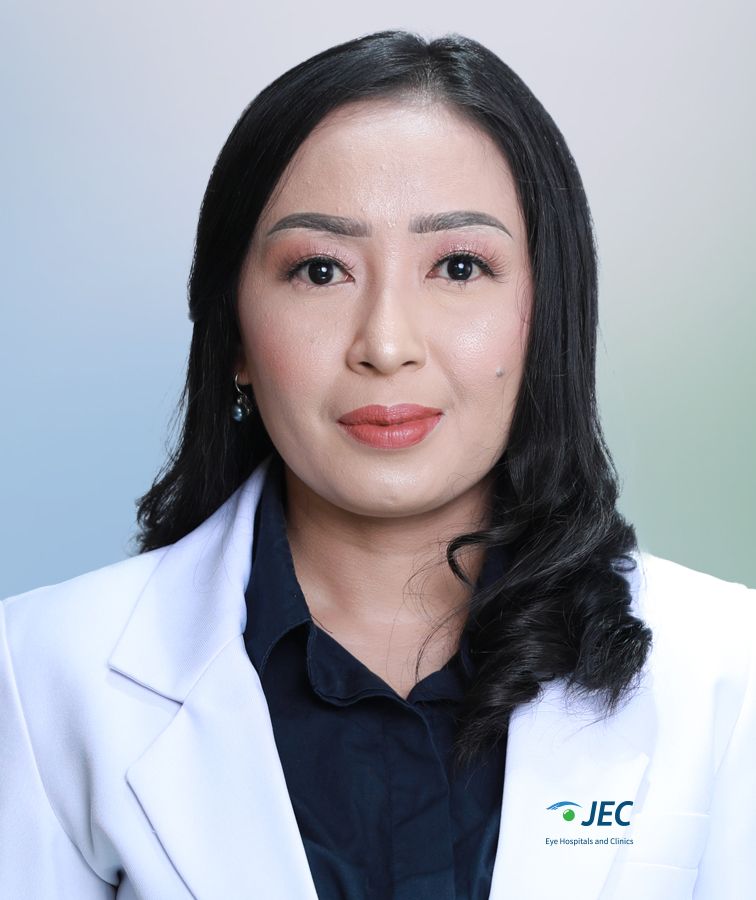
Dr. Luh Putu Eka Naryati, SpM, M.Biomed.
Cataract , Ocular Inflammation & Immunology , Dry Eye
Dr. Luh Putu Eka Naryati, SpM, M.Biomed.
Cataract , Ocular Inflammation & Immunology , Dry Eye
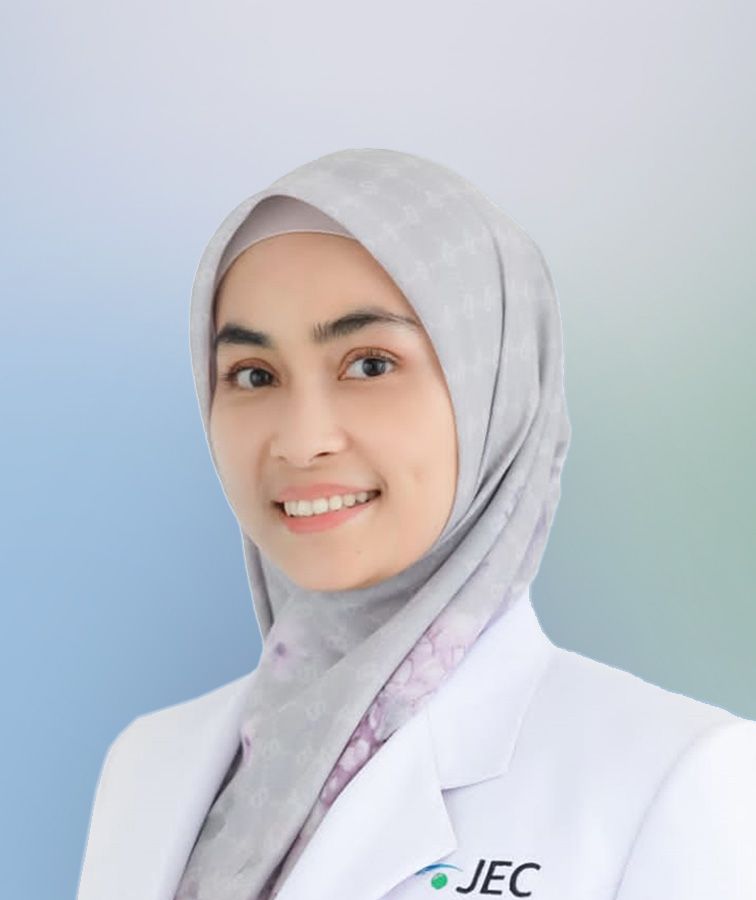
Dr. Marisa Rachim, SpM
Cataract , Dry Eye , Comprehensive Ophthalmology , Ocular Infection & Immunology
Dr. Marisa Rachim, SpM
Cataract , Dry Eye , Comprehensive Ophthalmology , Ocular Infection & Immunology
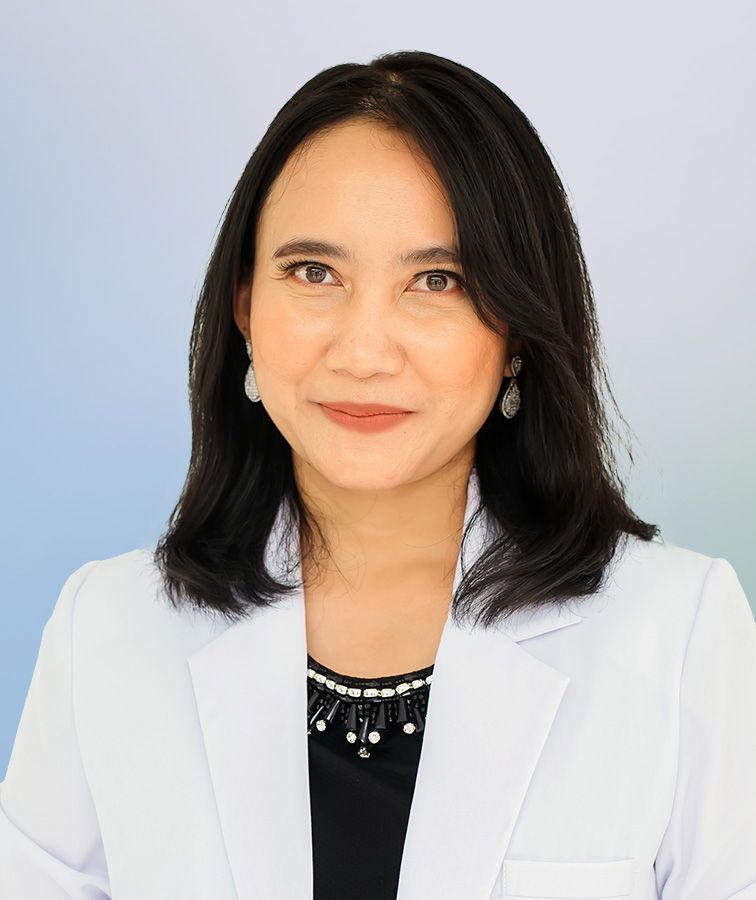
Dr. Ni Made Widya Mahayani, M.Biomed, SpM
Cataract , Ocular Inflammation & Immunology , Dry Eye



 INA
INA, FIACLE-e796280677.jpg)

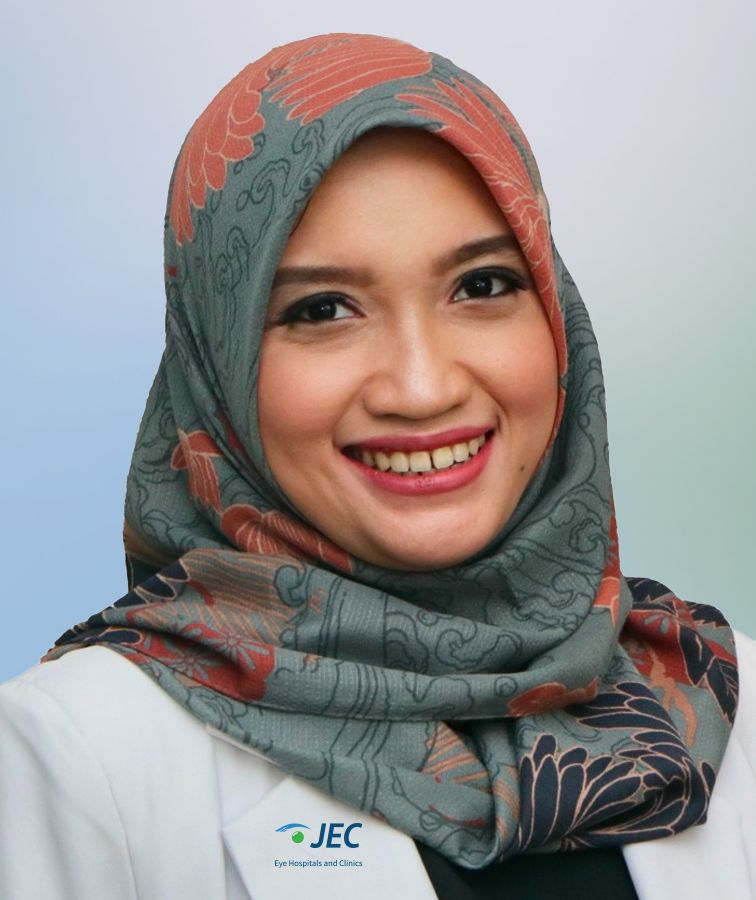
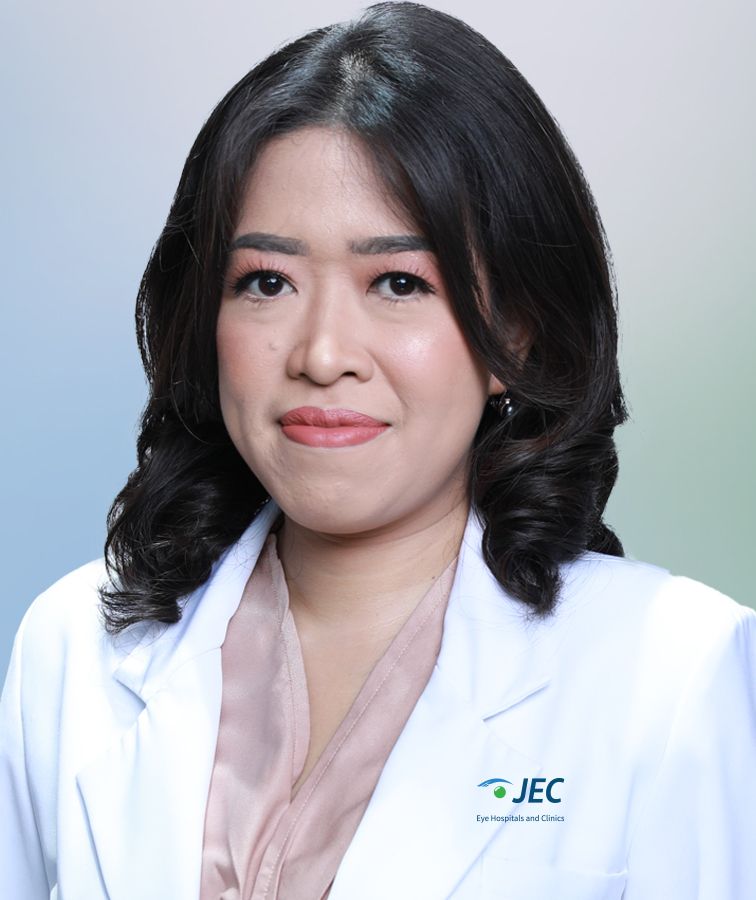

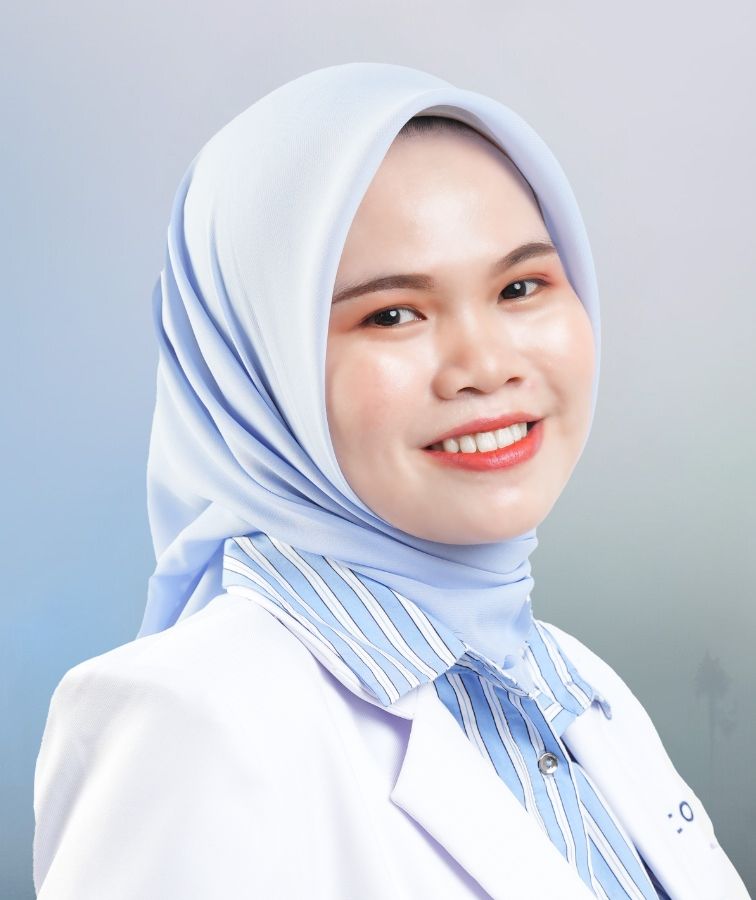
.jpg)